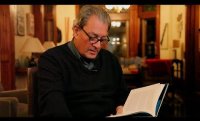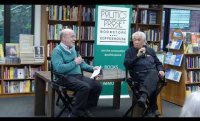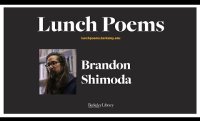Christina Sharpe: Ordinary Notes
“These are notes on encountering the daily, the literary, the visual, violent, the arbitrary, the ordinary, and the beautiful…. They are always concerned with what I think of as the ordinary, extraordinary matter of Black life.” In this Virginia Museum of Fine Arts event, Christina Sharpe discusses her latest book, Ordinary Notes (Farrar, Straus and Giroux, 2023), which weaves the past, present, and future together through various mediums ranging from lyric to photography.










